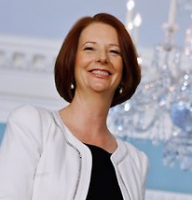Analysts: Election may give minor boost to lacklustre ad market
Media analysts are tipping the September federal election will provide a boost for Australia’s lacklustre advertising market.
However, some analysts are sceptical about whether political party spending will compensate for revenue lost from government spending during the mandated blackout on Commonwealth advertising.
“Political party spending is not actually that large,” said Fusion Strategy’s Steve Allen.



“Election to boost lacklustre ad market”! Read: we’re going to be bombarded with this shit for the next nine months!!!!!!!!!!!!!!!!!!!!!! I’m over it already, I tells ya!